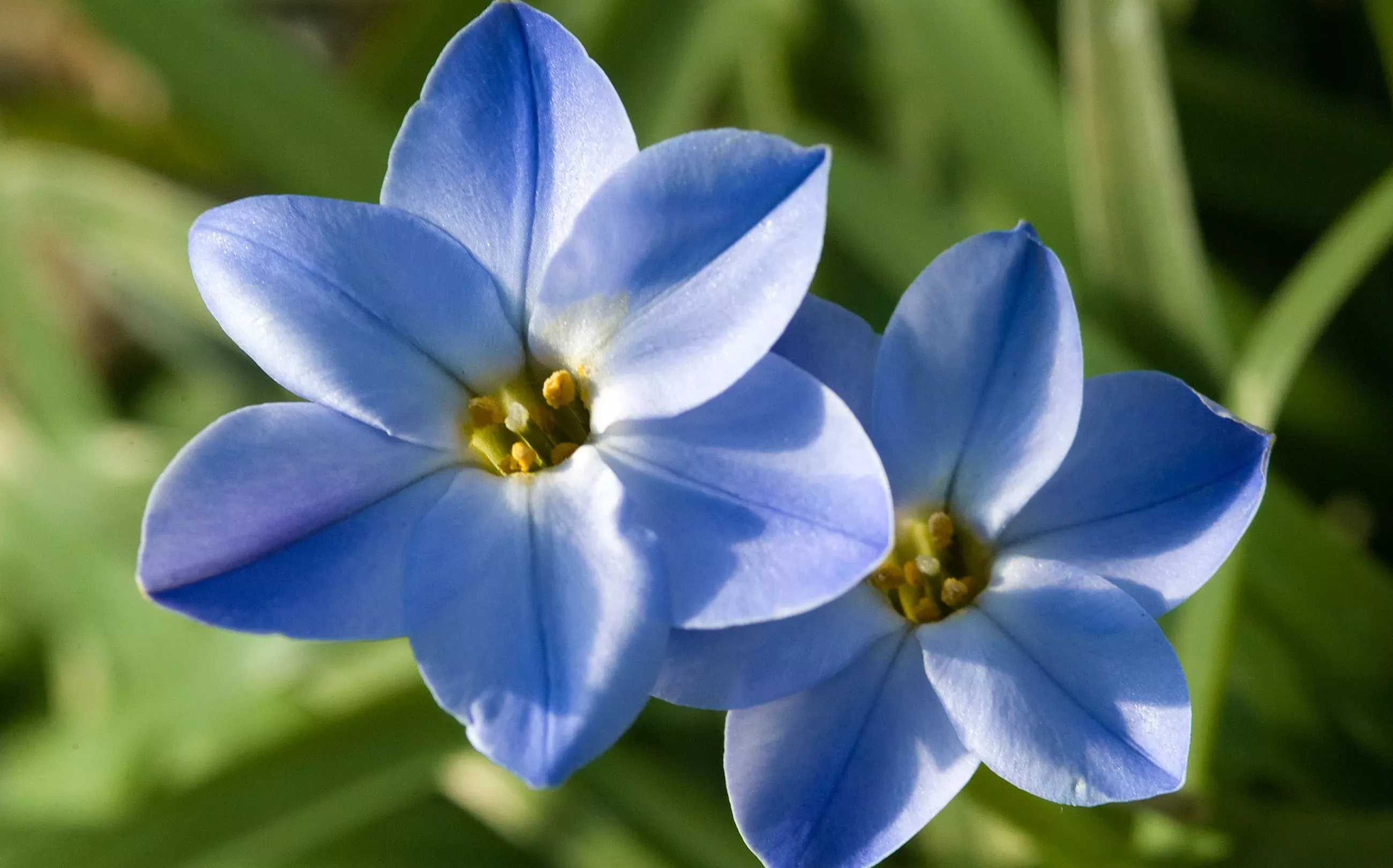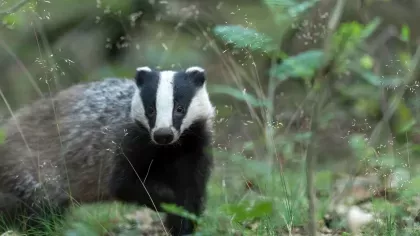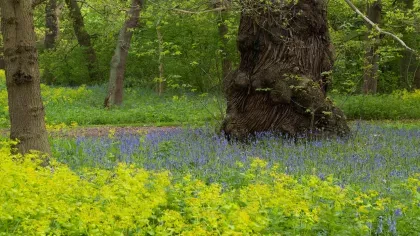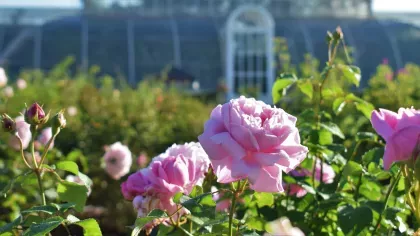23 September 2020
Dragons and damsels
Peter Gasson, Research Leader at Kew, steps away from his normal role in the lab to appreciate the flying wildlife in our Gardens.

Hidden by the Jodrell Laboratory at Kew is a secret wildlife hotspot.
The Ornamental Pond is a delicate water feature where herons, kingfishers, grey wagtails, smooth newts and even eels reside.
Every summer, we get a feast of at least ten species of dragonflies and damselflies fluttering around.
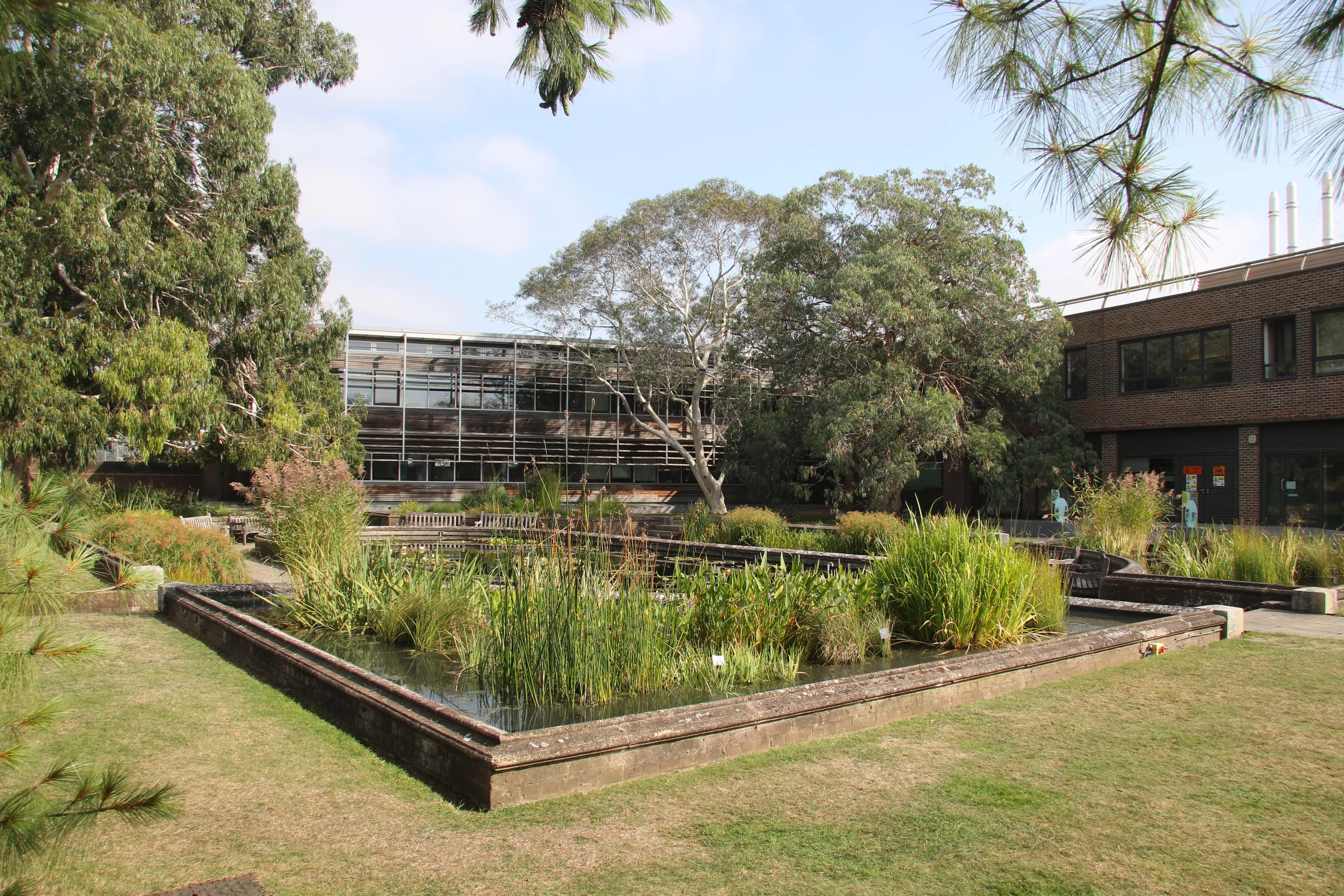
Dancing dragonflies
An aggressive male emperor dragonfly (Anax imperator) often patrols the pond in the heat of the day, chasing off intruders to his territory.
The males compete to fertilise the eggs of female emperor dragonflies. The females lay their eggs in aquatic vegetation just below the water surface.
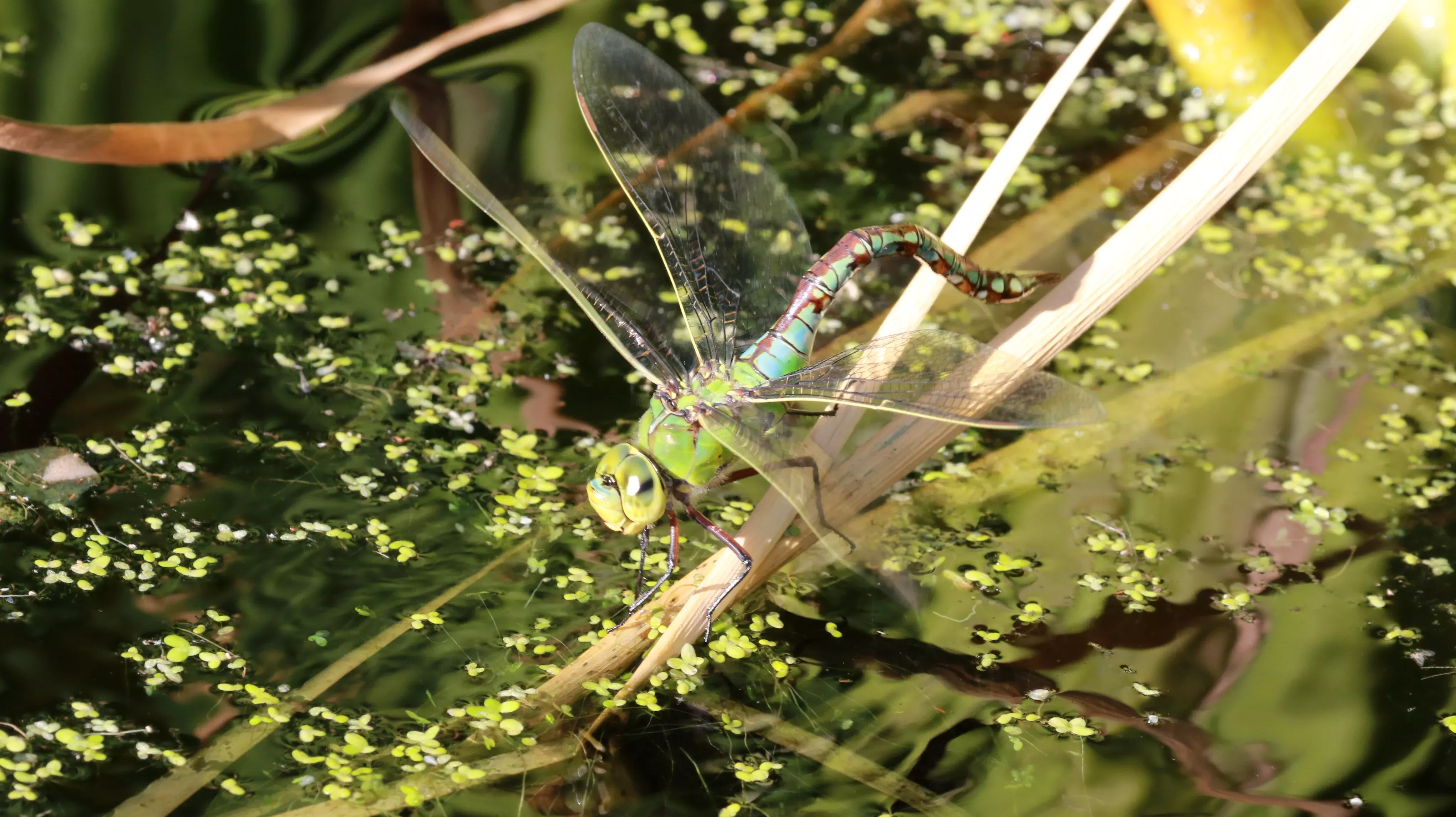
Later in the summer, female southern hawkers (Aeshna cyanea) can be spotted laying their eggs in rotting vegetation around the pond margin.
Migrant hawkers (Aeshna mixta) also visit the pond. They look different to southern hawkers as they lack the two prominent yellow stripes on the thorax (the middle section of an insect's body, between the head and the abdomen, which bears the legs and wings).
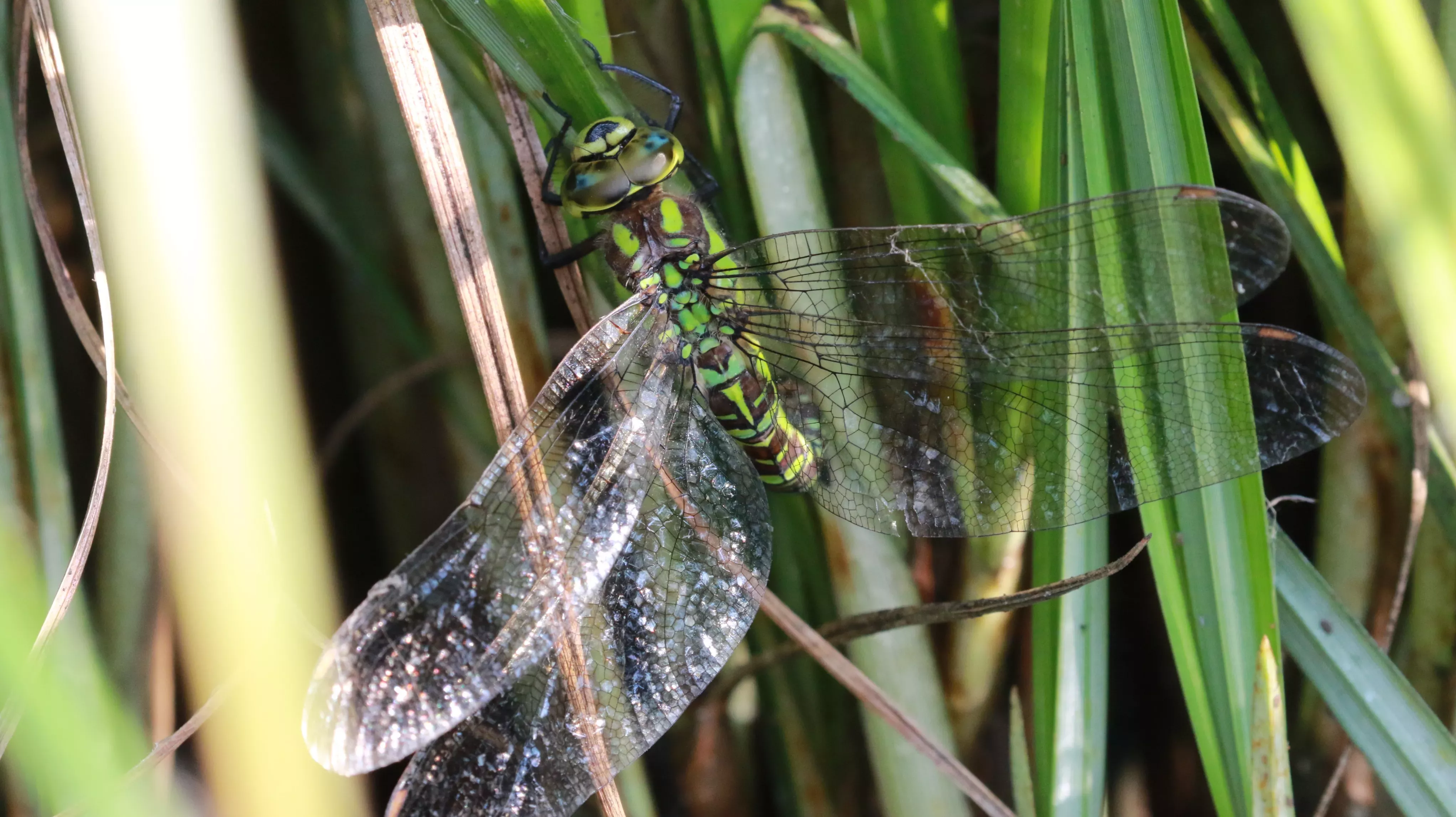
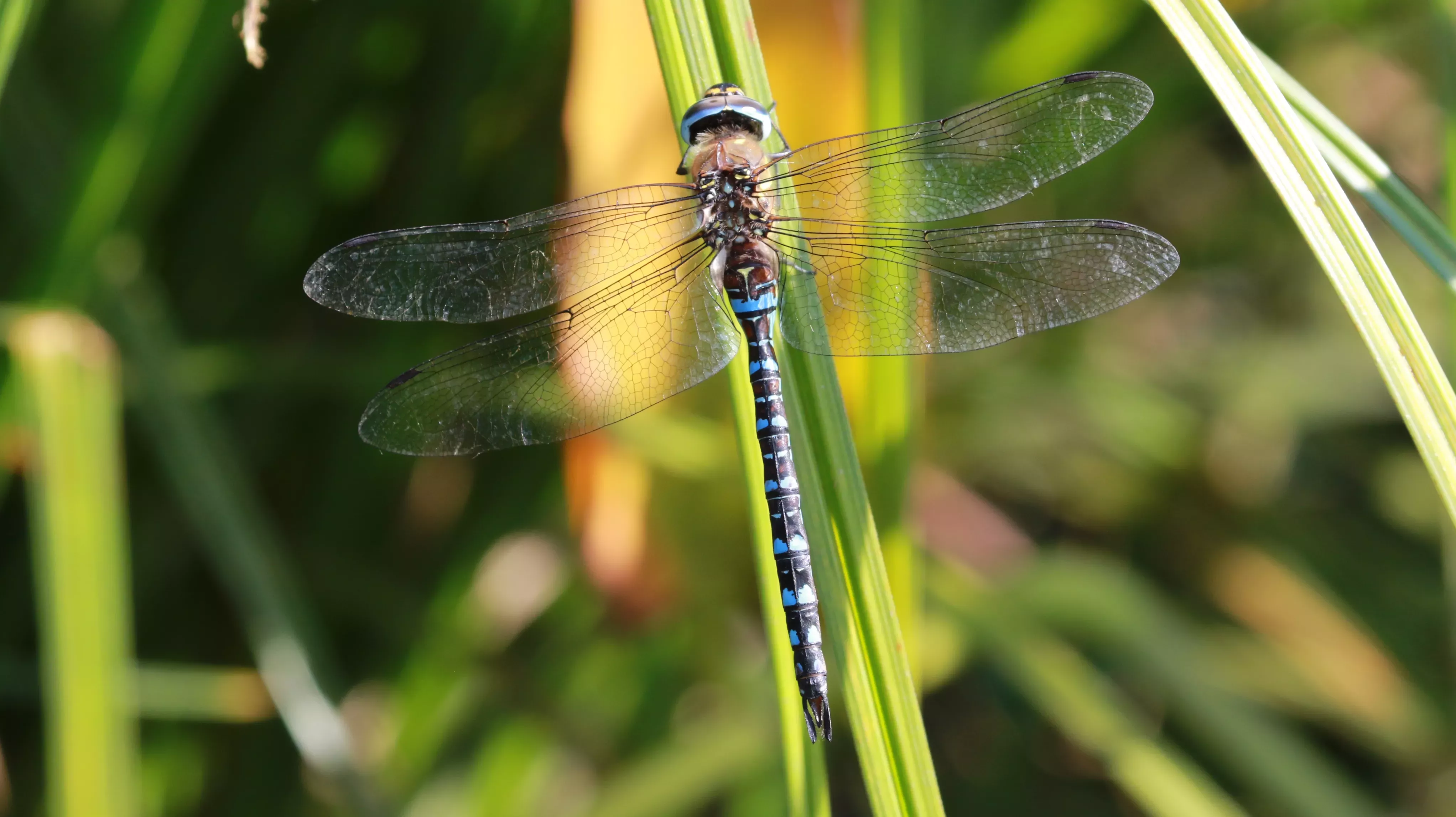
The fourth dragonfly species seen flying around our Gardens, is the common darter (Sympetrum striolatum).
The males have a red abdomen (the segment of an insect's body that is behind the thorax) and the females have a yellow abdomen.
They perch on the hot concrete and will take off and return to the same place if you stay still. You will often find paired common darters flying around the pond.
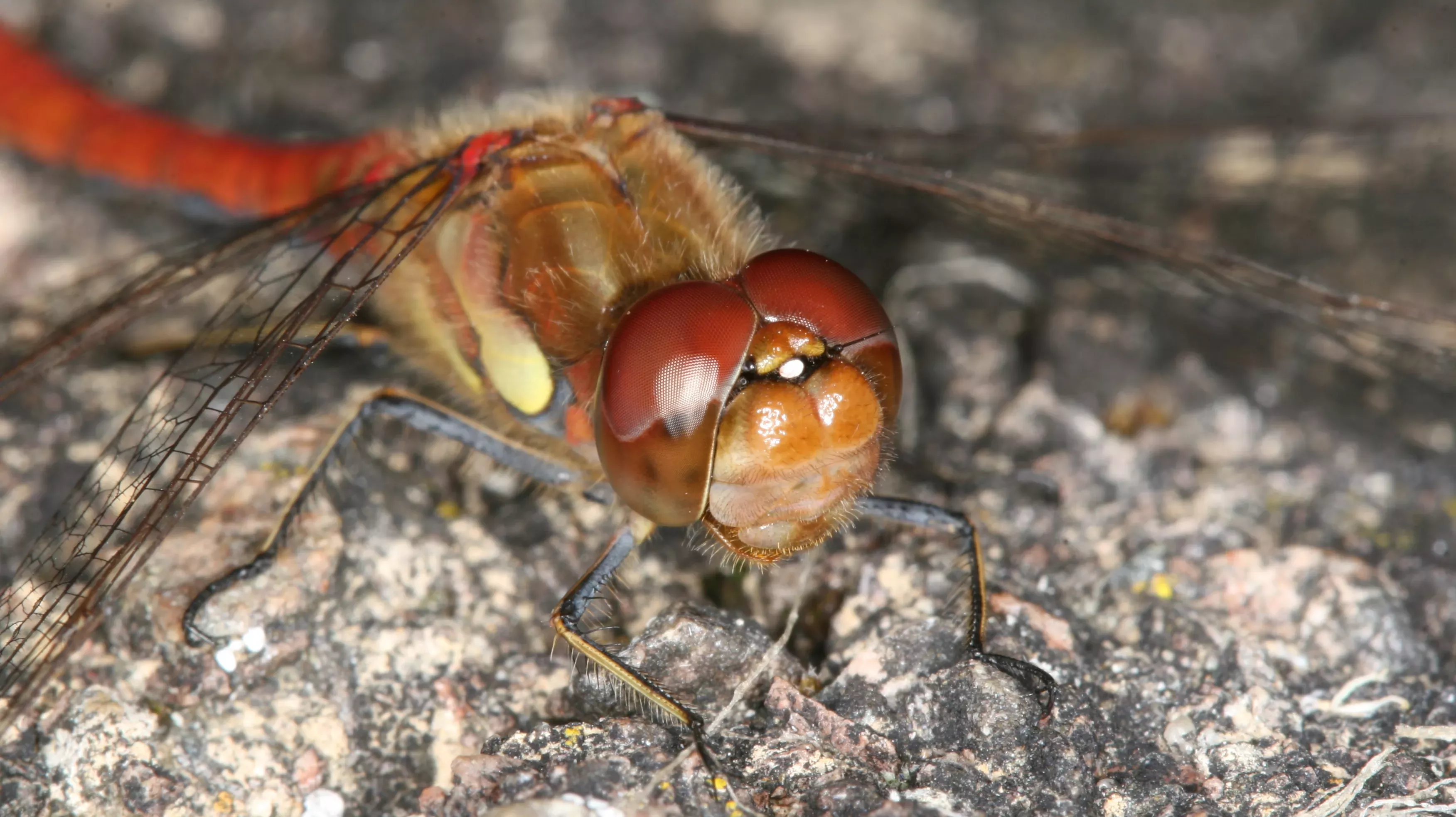
Damselfly delights
Blue-tailed damselflies (Ischnura elegans) were particularly common around the Ornamental Pond in July.
They are keener on the peripheral ponds rather than the main one.
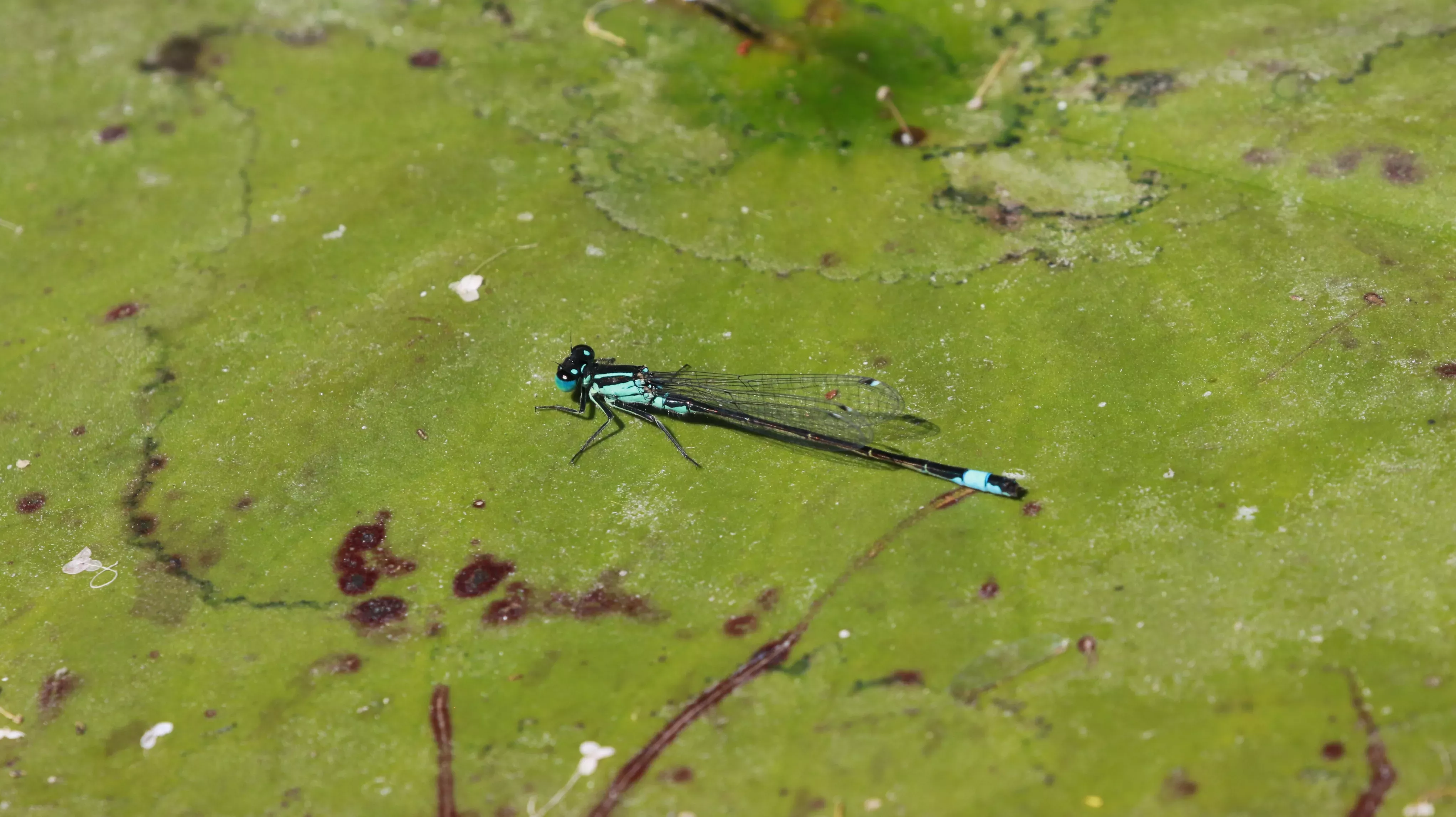
Also in July were a few azure and common blue damselflies (Coenagrion puella, Enallagma cyathigerum). The males are easier to identify than the females and you need to look closely at the first two abdominal segments behind the thorax.
The black on blue is club-shaped on the common blue damselfly and U-shaped on the azure damselfly.
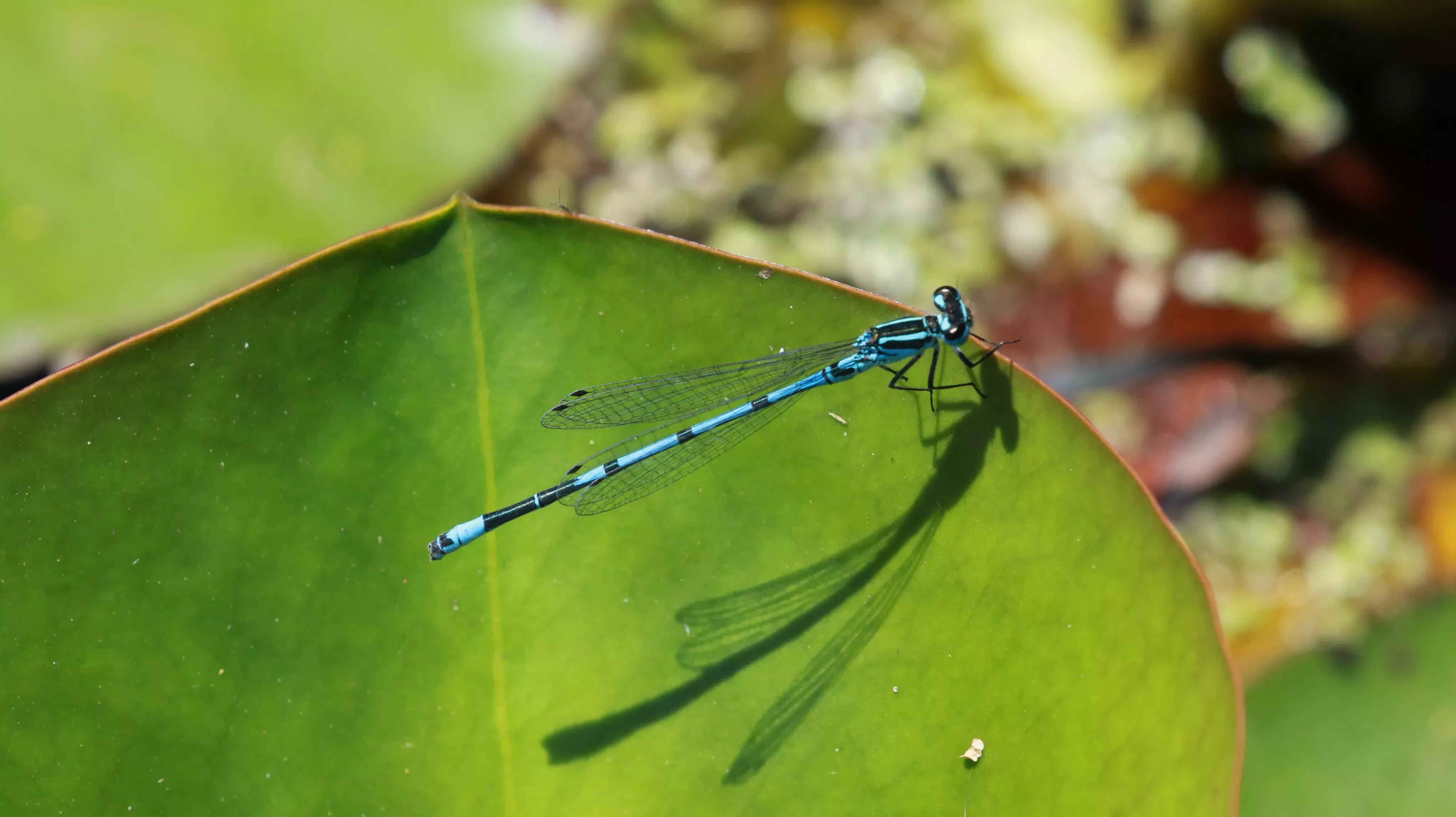
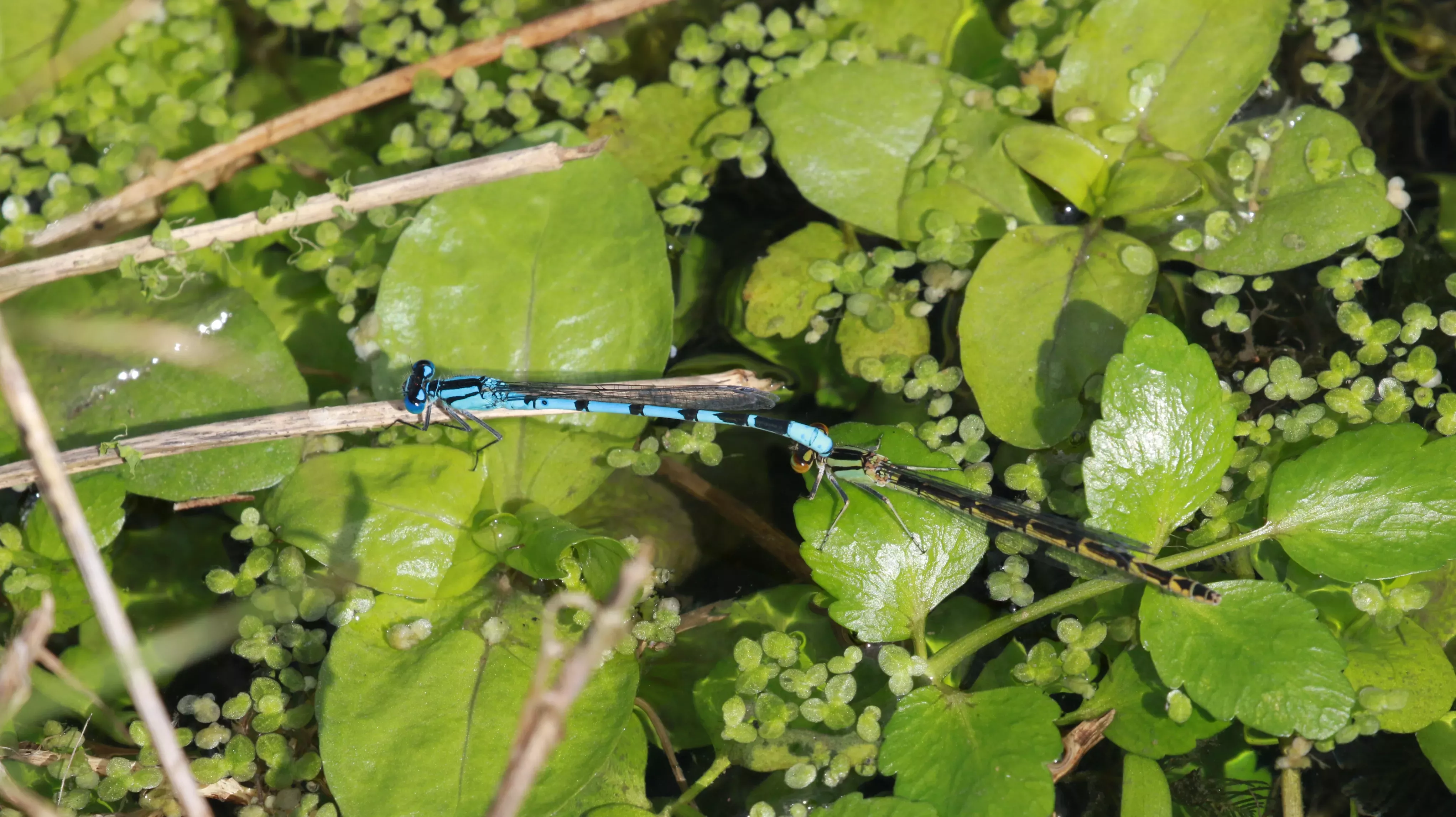
One of the biggest surprises was finding a willow emerald damselfly (Lestes viridis).
This distinctive species is largely emerald green with a very long abdomen.
Although the first British record was in 1992, they have spread considerably in southeast England since 2009.
The females lay their eggs in willow twigs but they seem to find the hanging leaves of the Eucalyptus trees by the pond to their liking. At least five were hanging there in September.
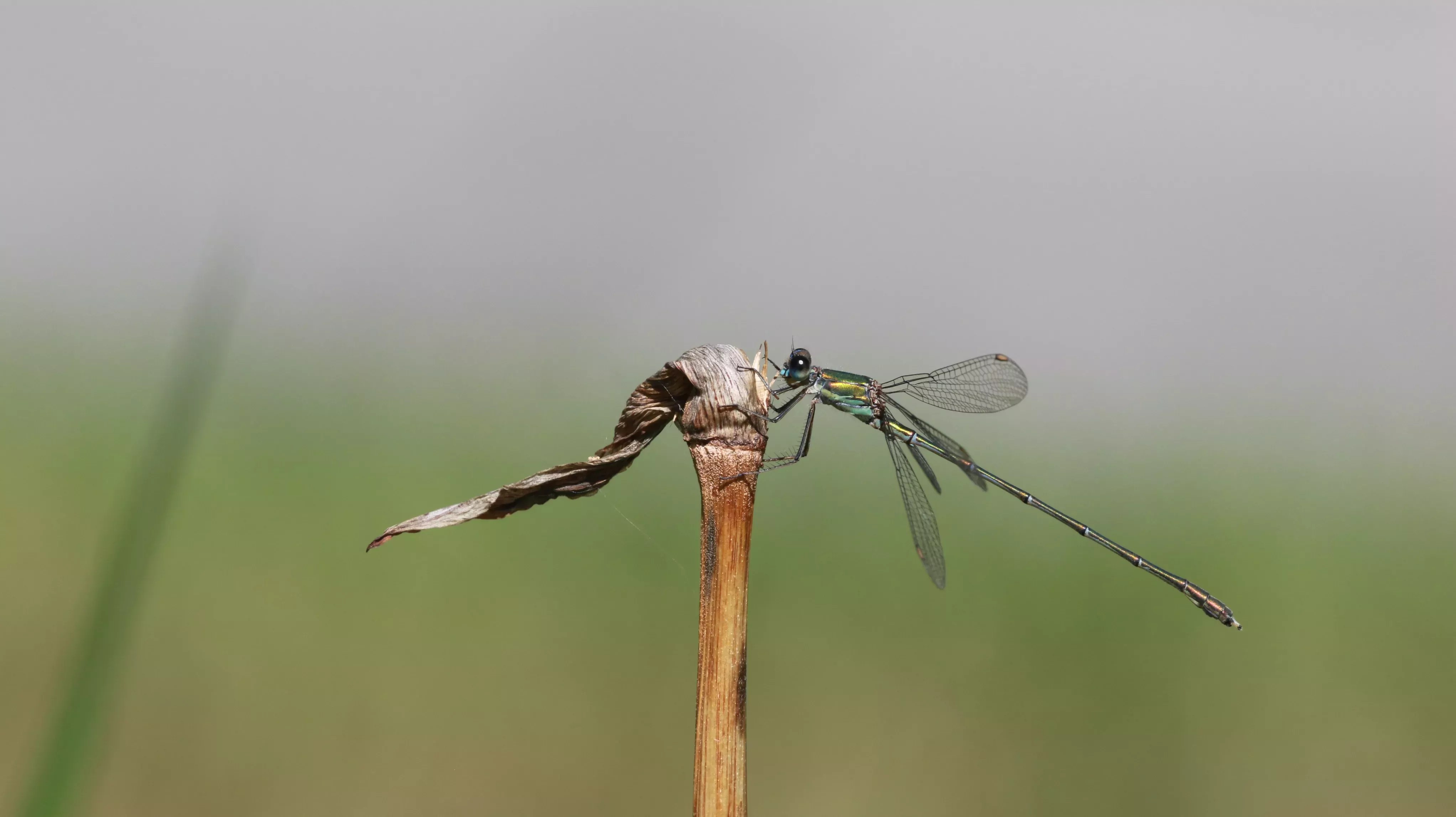
The final to damselflies can be difficult to identify as they look very similar.
Red-eyed damselflies (Erythromma najas) usually fly earlier in the season than small red-eyed damselflies (Erythromma viridulum), but both have been on the pond this September.
They perch on waterlily leaves and a close view of the end of their abdomen is a good way to tell them apart.
In red-eyed damselflies, the last two segments of the abdomen are blue. In small red-eyed damselflies, the last three segments of the abdomen are blue and the third segment from the end is black on the top and blue on the sides.
Small red-eyed damselflies are another recent arrival in the UK, first found on the Essex coast in July 1999 and can now be found halfway up England.
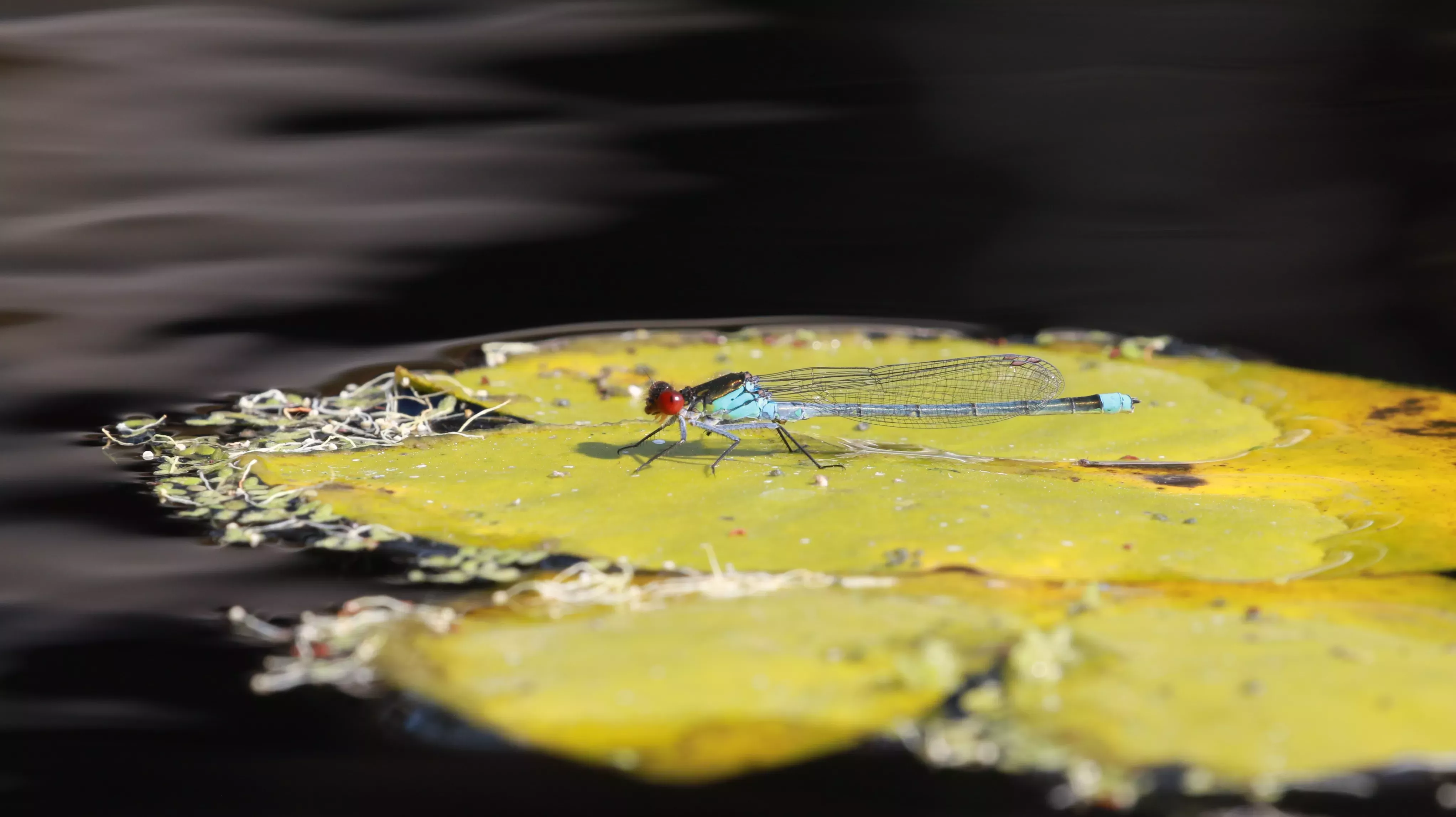
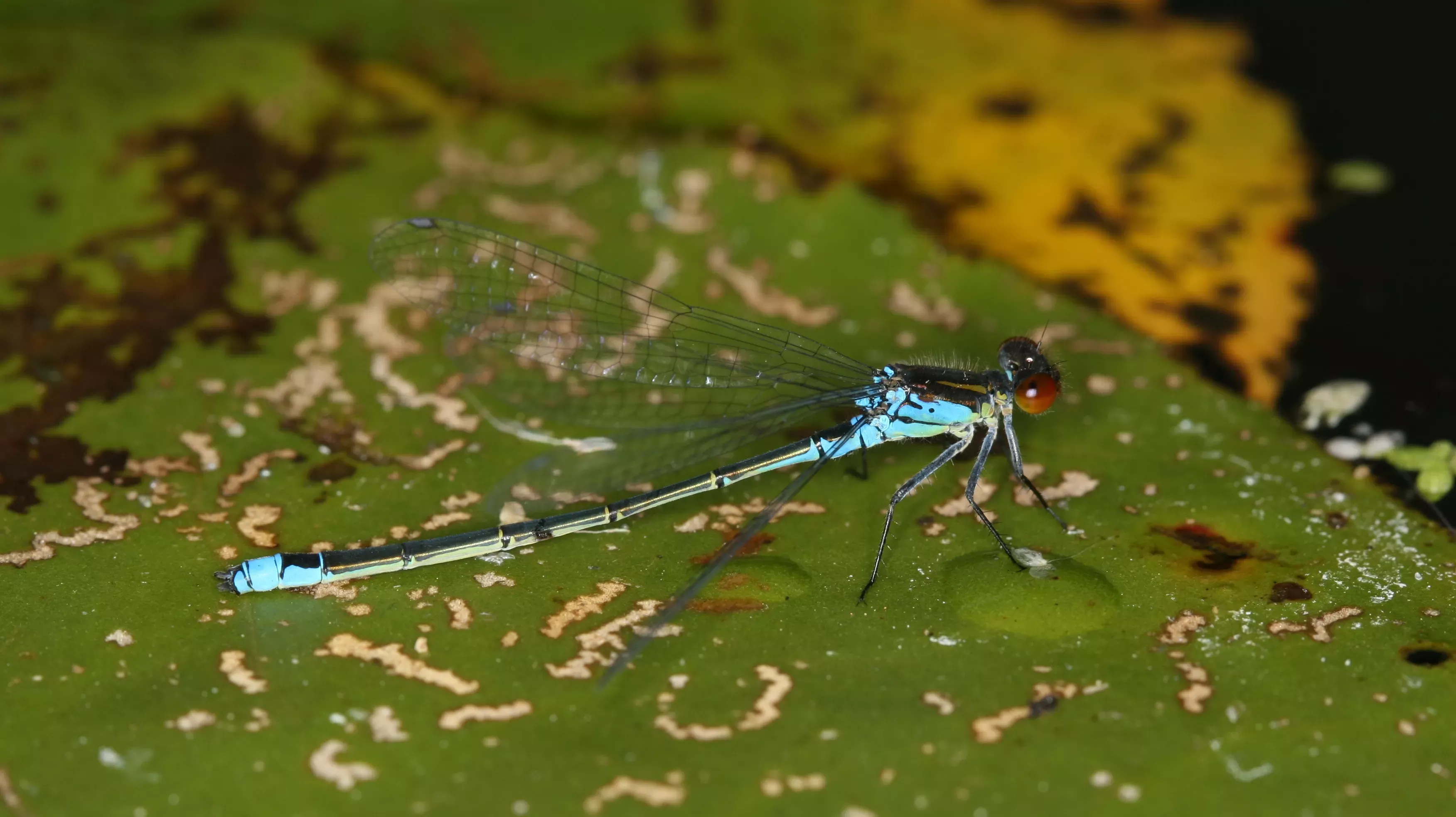
There are 19 regular damselflies and 25 dragonflies in the UK. So, spotting 10 out of 44 on this tiny pond demonstrates how biodiverse this corner of the world really is.
Next time you are in Kew, check out this buzzing biodiversity hotspot for yourself.

